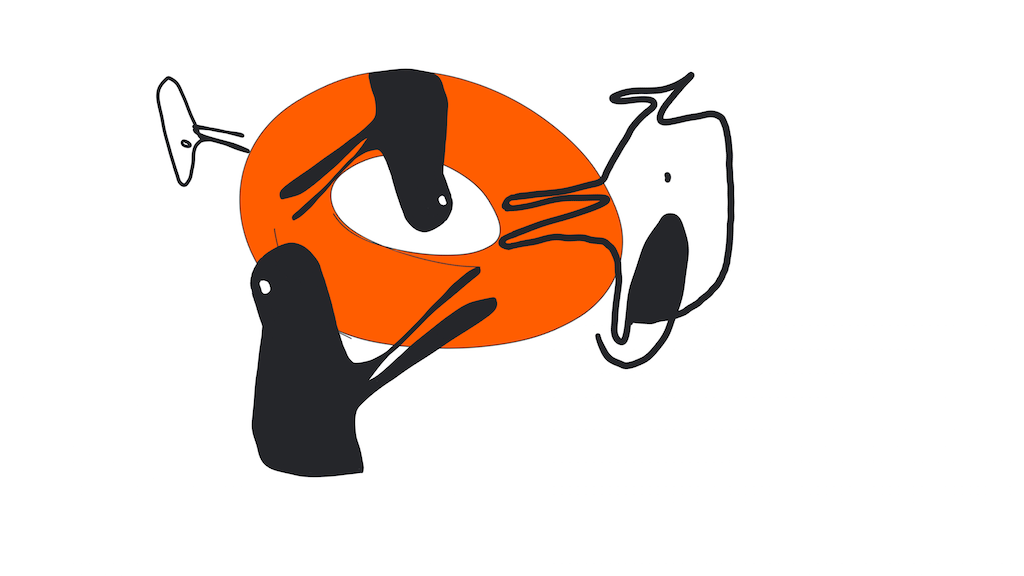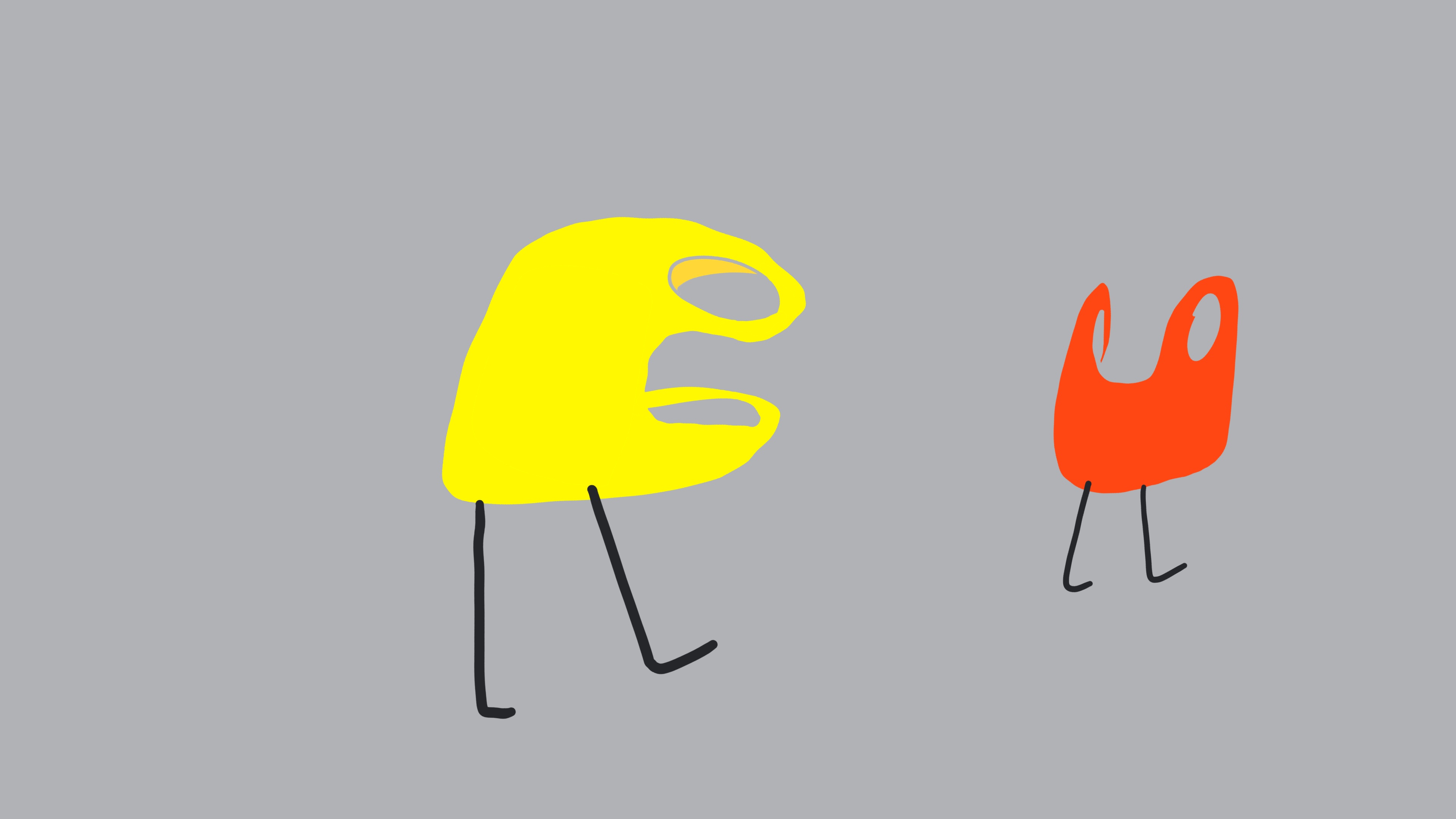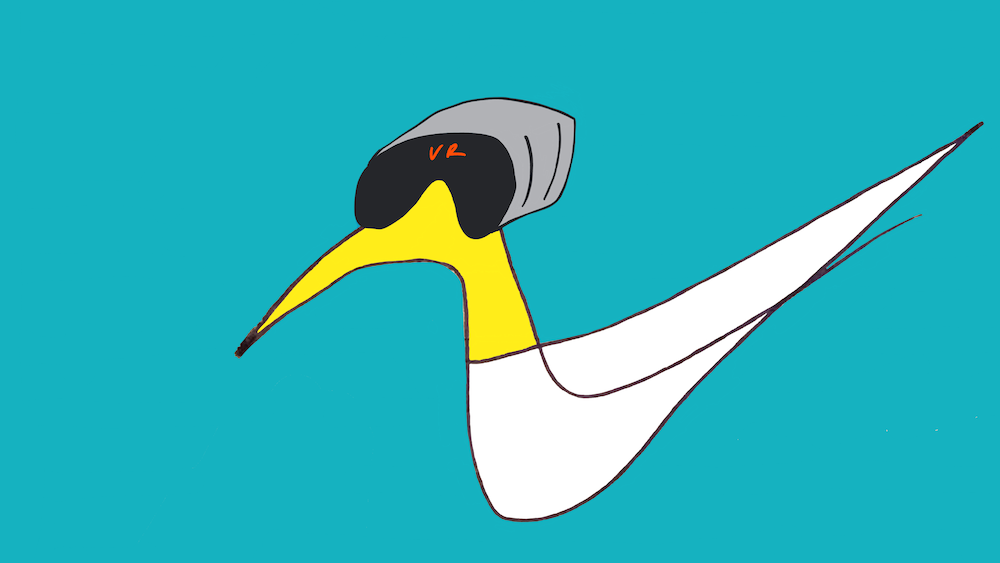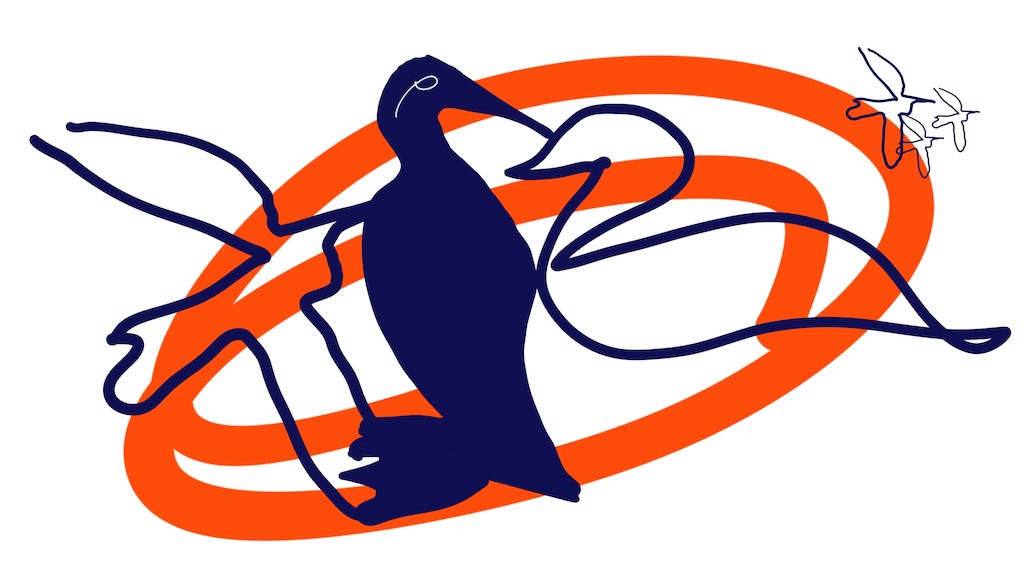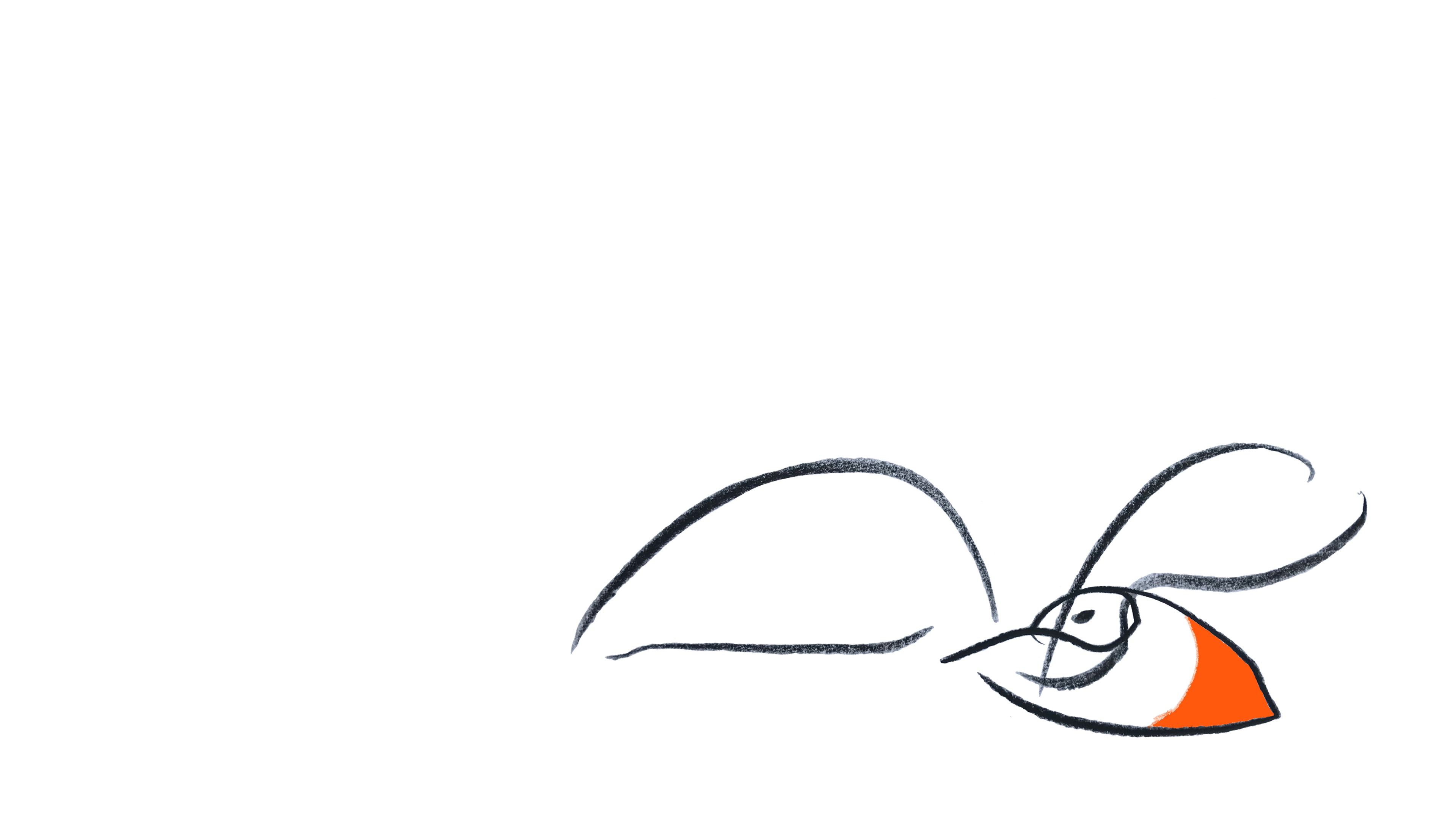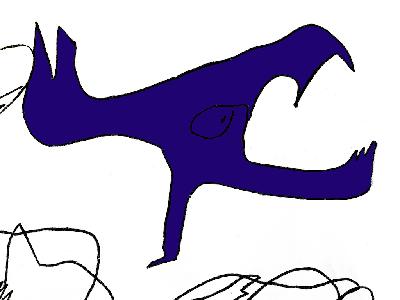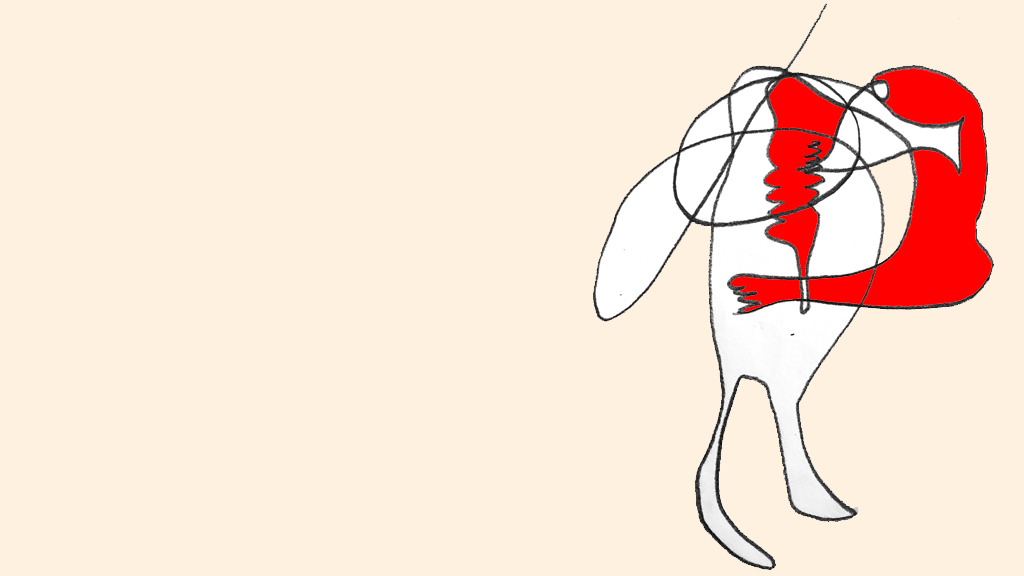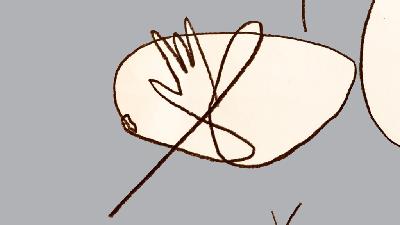De uskyldige
Description
Our last full episode for season one of the hello X podcast will be in Norwegian, but fear not, you can find an english transcript of the episode if you scroll down to ‘English transcript, The innocents”. Christine will be back in a few weeks with a short 'podlet' with an update on the the AR story experience, climate strikes and more.
Googler en bilder av ‘arktisk tundra’ vil en kanskje med første øyekast tenke at “her finnes det ikke mye liv”. Men ser en litt nærmere, vil en finne et mangfold av dyr og planter. Noen av disse er truet på grunn av klimaendringer. Hva skjer hvis en art minsker i antall eller...forsvinner helt? Hva kan det gjøre med resten av økosystemet den er en del av?
Kunstner Marit Landsend (keramiker basert på Troms Fylkeskultursenter, Tromsø) og forsker Dorothee Ehrich (Klimaøkologisk Obsersvasjonssystem for Arktisk Tundra - COAT, UiT) ønsker begge å utforske disse temaene, fra hvert sitt ståsted. Vi blir med de inn i en samtale om klimaendringer, fjellrev og smågnagere på den arktiske tundraen, og spør: hva kan vi mennesker gjøre?

LENKER FOR MER INFORMASJON
Dorothee Ehrich: https://uit.no/om/enhet/ansatte/person?p_document_id=41186&p_dimension_id=88165
Marit Landsend: http://www.maritlandsend.no/file/Welcome.html
COAT - Klimaøkologisk Observarsjonssystem for Arktisk Tundra: https://www.coat.no
Arktiske arter kan dø ut: https://framsenteret.no/arkiv/arktiske-arter-kan-doe-ut-5062774-146437/
Smågnagere på tundraen: https://www.coat.no/Smagnagere
Dyr og klimaendringer:
https://www.wwf.no/klima-og-energi/dyr-og-klimaendringer
https://www.miljostatus.no/tema/klima/klimainorge/klimaendringer-norsk-natur/
https://www.artsdatabanken.no/Rodliste/Klimaendringer
https://www.miljostatus.no/isbjorn
Filosof Arne Johan Vetlesen: https://morgenbladet.no/profil/arne-johan-vetlesen
Polarrev/Arctic Fox: https://en.wikipedia.org/wiki/Arctic_fox
Lemen/Lemming: https://en.wikipedia.org/wiki/Lemming

ENGLISH TRANSCRIPT
The innocents
If you google pictures of ‘the Arctic tundra’ you might think there’s not much life in this part of the world. But if you look closer, you will find a diversity of animals and plants. Some of these are threatened because of climate change. What happens if a specie decreases in numbers or...disappears completely? What might that do to the ecosystem it is a part of?
Artist Marit Landsend (based at Troms Fylkeskultursenter, Tromsø, Northern Norway) and researcher Dorothee Ehrich (working for COAT, UiT) both have a wish to explore these topics. We join them in a conversation about climate change, polar foxes and lemmings on the Arctic tundra, and ask: What can we humans do?
DOROTHEE: ...it takes time, and we humans are creatures of habit.
MARIT: We’re also very greedy. It’s the greedy side of humans that has created this, I believe.
DOROTHEE :Yes, greedy and lazy. I mean, I drove here today, because I was too lazy. There you have it.
MARIT: (laughs) Yes, there we have it.
NARRATOR: Hello X and welcome to a new episode of the hello X podcast! I’m Anneli Stiberg.
In this episode, you’ll meet artist Marit Landsend and scientist Dorothee Eirich, who I invited to talk to me about climate change. Both of them deal with human-induced environmental changes in their respective works, but each of them from their particular perspective.
I was curious to learn more about which projects they were working on. I remember hearing about Marit’s project with the animals in Norway that change colours and how climate change is affecting them. That made me stop and think, and I wanted to hear more about it.
When meeting Dorothee during a public event at Fram - High North Research Centre for Climate and the Environment, I thought it would be interesting to hear from her perspective as well, as a researcher with a special interest in arctic ecosystems. Fast forward to a few months ago, when the three of us sat down here at Kysten for a conversation that includes, among others, lemming, polar fox, ceramics, gratefulness and adaptation.
DOROTHEE: My name is Dorothee Ehrich and I work as a scientist at the University of Tromsø, at the institute of arctic and marine biology. For the last years I’ve been working on a project, COAT - Climate-ecological Observatory for Arctic Tundra. The goal is to build an observatory, which isn’t an actual building, but a knowledge institution that does research on how the tundra ecosystem changes with climate change and what the most important drivers are...and what kind of management measures are needed to manage the ecosystems in the best possible way.
NARRATOR: Dorothee is originally from Switzerland, and I was wondering what brought her so far North.
DOROTHEE: I’ve heard from many that once you’ve been to the Arctic, you either love it or hate it. After I went to the Siberian part of the Arctic as a student, I was always thinking of how I could get back. I wanted to live above the Arctic circle and then I moved to Tromsø.
MARIT: My name is Marit Landsend. I work as a ceramist here in Tromsø. For the last years I’ve worked on a project, “The innocents”. It’s my way of working with my environmental interest. This is something I want to do, like so many others.
NARRATOR:Dorothee isn’t the only one who chose Tromsø as her second home. Marit tells me about why she moved from the south of Norway to the north.
MARIT: It was because of family...I never thought I would stay here. It was trial period and I just stayed longer. I liked it more and more. Originally, I come from a farm in the countryside, in Valdres. Nature has always been close to my heart. It’s the most important thing to me. I’ve lived in cities for longer periods. Coming here was kind of like coming home, back to nature. Through my project I’ve become more conscious of that we humans are part of nature. We believe that when we live in cities we are apart from nature, but we aren’t, because everything in the city is also nature.
NARRATOR: With her project The Innocents, Marit chose to focus on the five animals in Norway who change colours in the winter: ptarmigan, polarfox, least weasel, ermine and hare. These animals are more vulnerable now because of climate change, and that’s what Marit wanted to highlight in her work.
MARIT: I talked with scientists at the University, because I was wondering why these animals were changi


